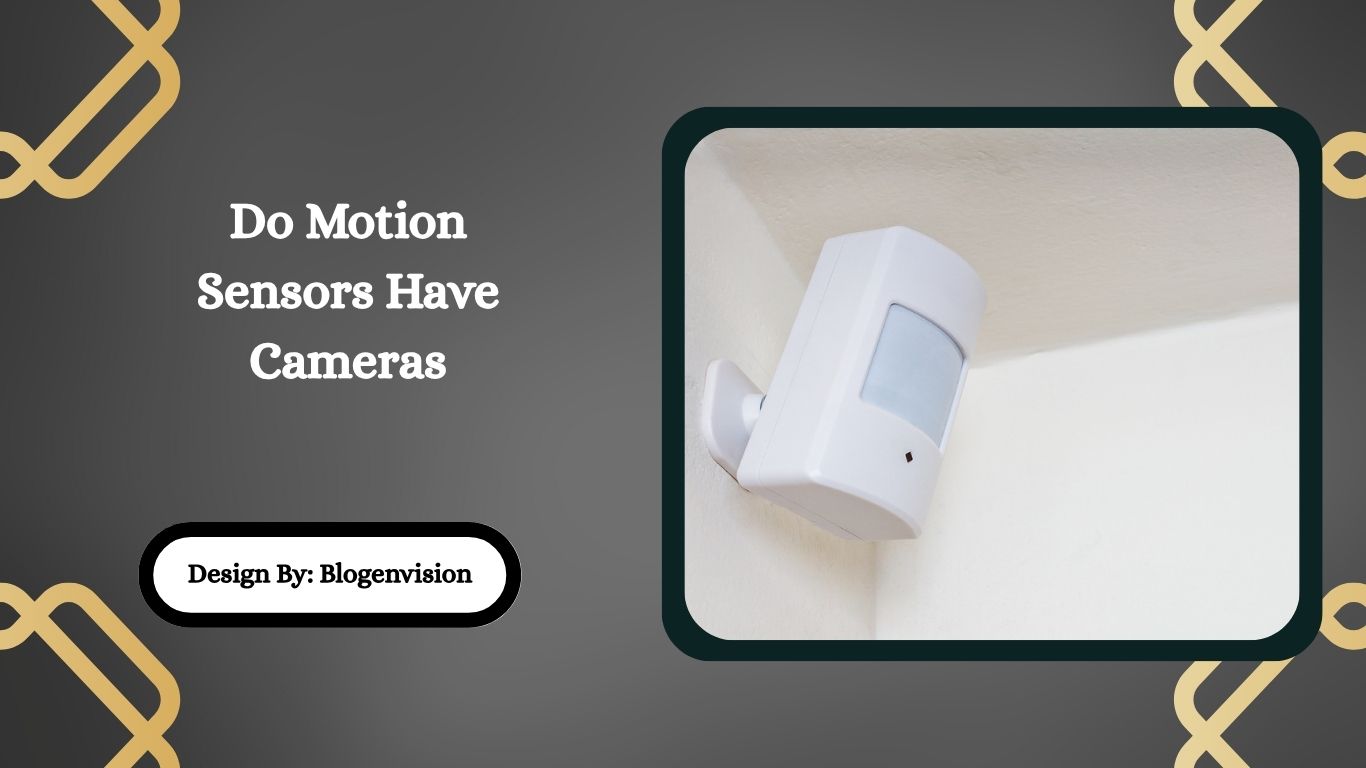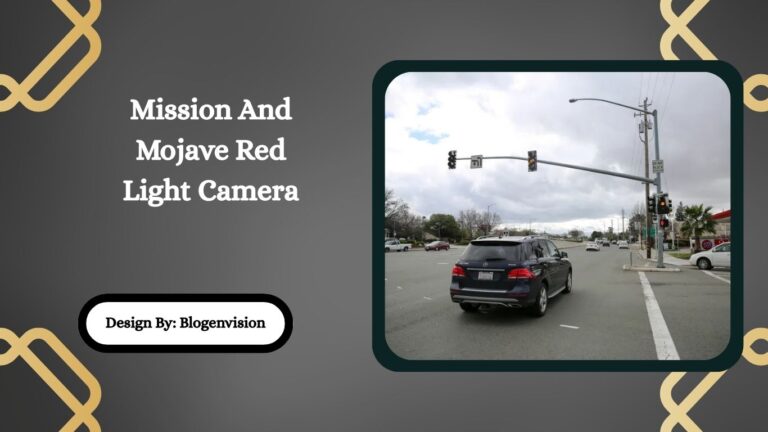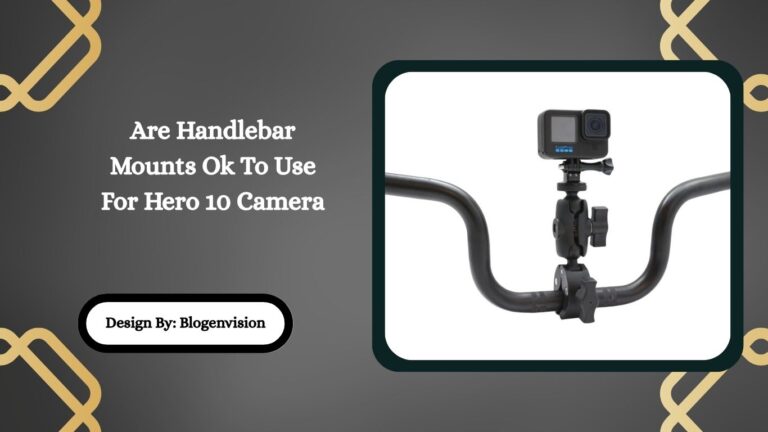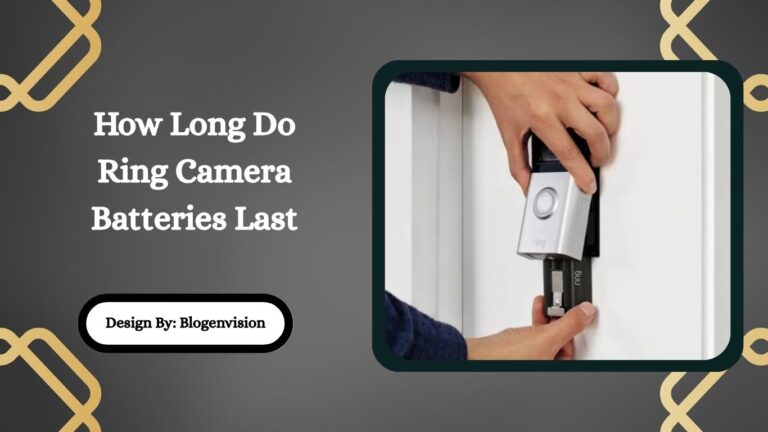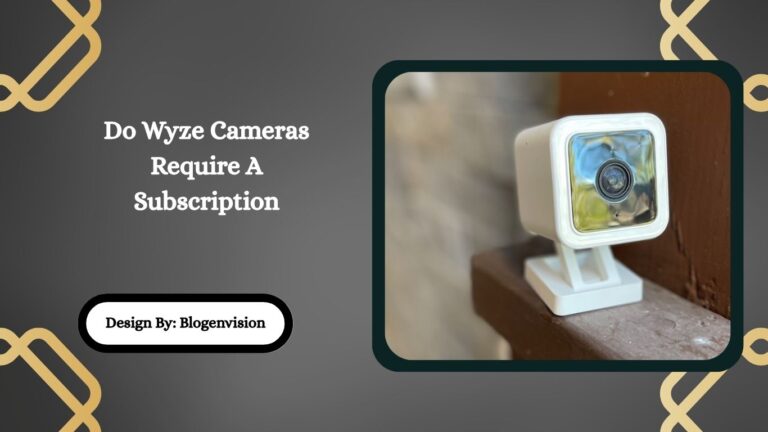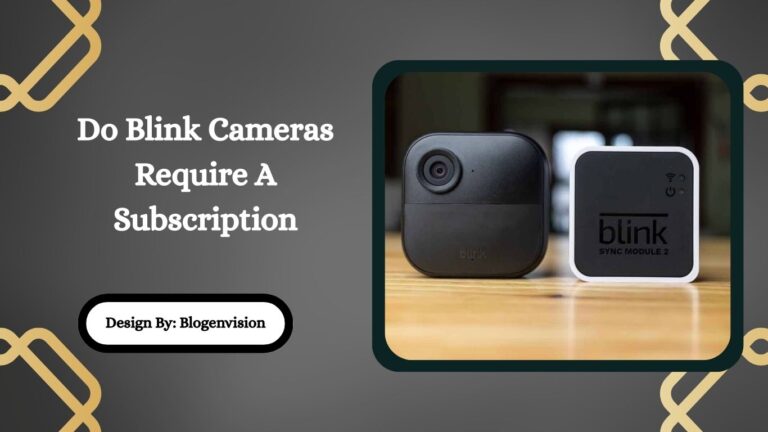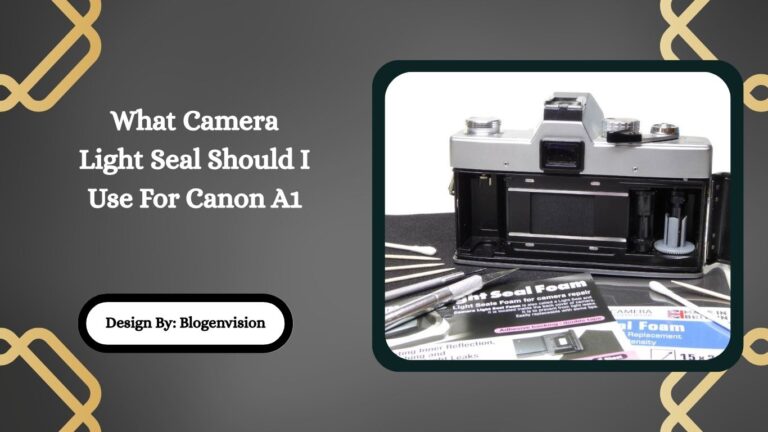Do Motion Sensors Have Cameras – You Need to Know!
Motion sensors alone do not have cameras, but many smart security devices combine motion detection with video recording. These hybrid systems offer stronger protection, automation, and real-time visual alerts.
Motion sensors and cameras are both essential components of modern security systems, but many people often confuse the two. A common question is: “Do motion sensors have cameras?” The short answer is no, most motion sensors do not have built-in cameras. However, there are hybrid devices that combine both technologies.
In this detailed guide, we’ll explore what motion sensors are, how they work, whether they include cameras, and how they’re used in home security, smart systems, and commercial surveillance.
What Are Motion Sensors?
Motion sensors are devices that detect movement in a specific area. They are primarily used in security systems to trigger alarms, lights, or recordings when movement is detected.
Common Types of Motion Sensors:
- Passive Infrared (PIR): Detects body heat (infrared energy). Common in home security systems.
- Microwave: Sends out microwave pulses and measures reflection. More sensitive than PIR but also more expensive.
- Dual Technology: Combines PIR and microwave to reduce false alarms.
- Ultrasonic: Uses sound waves to detect movement.
- Vibration Sensors: Detect changes in surface vibrations or pressure.
Do They Record Footage?
No. Motion sensors do not record video or take pictures by default. Their job is to detect motion and trigger an action, such as:
- Turning on lights
- Sounding an alarm
- Sending a signal to a control panel
- Activating a connected camera
Do Motion Sensors Have Built-In Cameras?
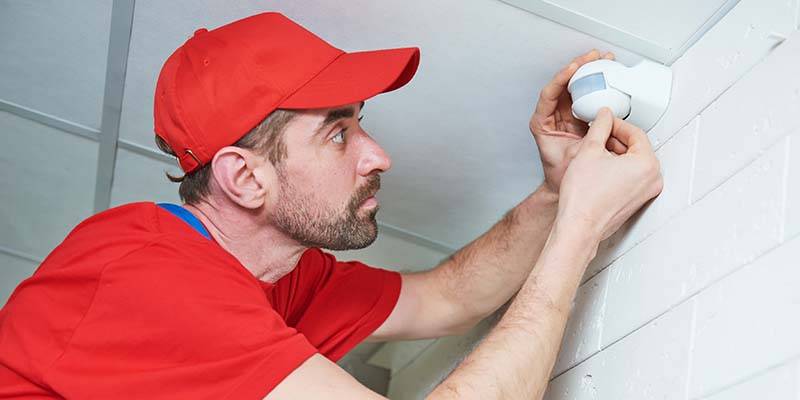
The standard answer is no—typical motion sensors do not have integrated cameras. However, in recent years, some devices combine motion sensing and video capture into a single unit.
Hybrid Devices: Motion Sensors with Cameras
Some smart home security products offer:
- A camera with a built-in motion sensor (e.g., Ring, Arlo, Reolink)
- Or a motion sensor that triggers an external camera to start recording
These are commonly found in:
- Video doorbells
- Indoor/outdoor Wi-Fi cameras
- Smart floodlights with cameras
In these cases, the camera is the primary component, and the motion sensor enhances functionality by triggering recording or alerts.
Motion Sensors vs. Motion-Activated Cameras
It’s essential to differentiate between the two:
| Feature | Motion Sensor | Motion-Activated Camera |
| Detects Movement | ✅ | ✅ |
| Captures Video | ❌ | ✅ |
| Needs Additional Camera | ✅ (for video) | ❌ |
| Use in Smart Systems | High | Very High |
| Common in | Alarms, Lights | Home Security, Surveillance |
So, when asking “Do motion sensors have cameras?”, the real answer is: Not usually, but they may be integrated with one in modern devices.
Where Are Motion Sensors Commonly Used?
1. Home Security Systems
- Motion sensors inside your home detect intruders.
- PIR sensors are used to cover large rooms or entry points.
2. Commercial Buildings
- Used for automatic lighting and energy efficiency.
- Helps detect unauthorized movement after hours.
3. Smart Homes
- Triggers routines (lights, thermostats, locks).
- Often paired with smart hubs like Alexa, Google Nest, or Apple HomeKit.
4. Outdoor Surveillance
- Integrated with floodlights or cameras.
- Motion sensors detect a person, animal, or vehicle, and activate lights or recording.
Best Devices That Combine Motion Sensors with Cameras
If you want the best of both worlds—motion detection and video recording—consider the following popular devices:
1. Ring Floodlight Cam
- Combines motion detection, two-way audio, and 1080p video.
- Lights activate with motion; camera starts recording.
2. Google Nest Cam (Outdoor or Indoor)
- Has built-in motion detection.
- Sends alerts and records automatically.
3. Arlo Pro 5
- Advanced AI motion detection with smart alerts.
- Weatherproof camera with motion-sensing.
4. Reolink Argus 3
- Wire-free camera with PIR motion sensor.
- Records only when motion is detected to save battery.
These devices are not “motion sensors with cameras,” but cameras with built-in motion sensors.
Why Motion Sensors Alone Are Not Enough for Security?
While motion sensors are excellent for detecting movement, they can’t show you what happened. Without a camera:
- You don’t know who or what triggered the alert.
- There’s no recorded evidence for law enforcement.
- False alarms can occur due to pets or environmental factors.
Combining Motion Sensors with Cameras:
To get a complete security solution:
- Use motion sensors to detect presence.
- Pair them with cameras for visual verification.
Some advanced setups include:
- Smart video analytics (person, animal, vehicle detection)
- Mobile notifications with video clips
- Integration with alarms and smart lights
Do Motion Sensors Record Audio?
No, standard motion sensors do not record audio either. Only cameras with microphones can record sound. If your goal is to record both video and audio, you need:
- A smart camera
- With motion and sound detection
- That records and stores footage
Privacy Concerns: Can Motion Sensors Spy on You?
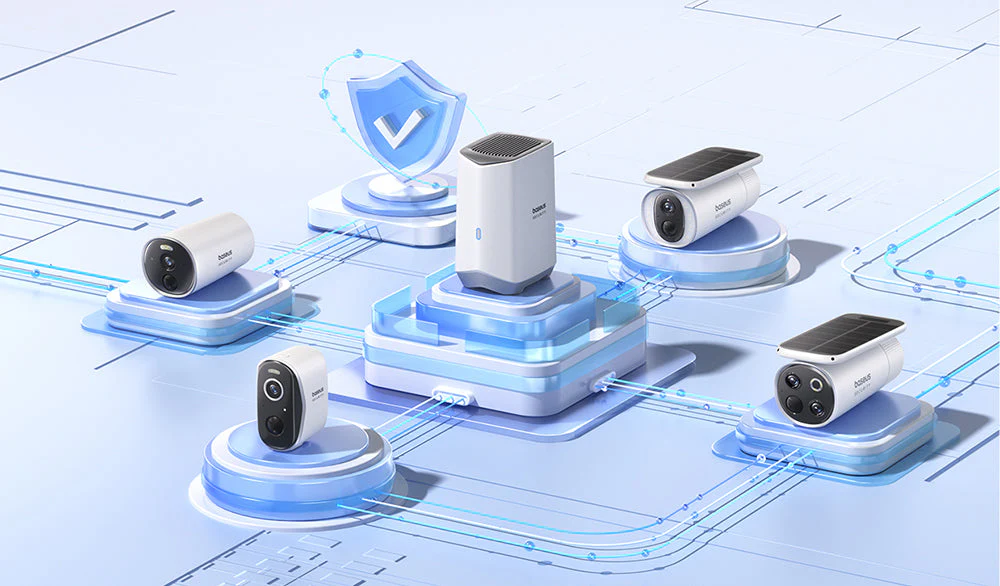
Motion sensors without cameras cannot spy on you visually. They detect heat, movement, or vibration—not images. However, devices that combine sensors with cameras can raise privacy concerns if:
- Misused or installed without consent
- Not disclosed in shared spaces
- Connected to insecure networks
Tips for Ensuring Privacy:
- Always inform guests or roommates about cameras.
- Use encrypted Wi-Fi and secure cloud storage.
- Disable remote access if not needed.
- Set up zones to avoid capturing unintended areas.
Pros and Cons of Motion Sensors with Cameras
| Pros | Cons |
| Enhanced security | More expensive |
| Real-time video and alerts | Requires power or battery maintenance |
| Useful in automation (lights, alarms) | Complex setup in some cases |
| Visual verification reduces false alarms | Potential privacy issues |
FAQs About Motion Sensors and Cameras:
1. Can motion sensors work in the dark?
Yes, especially PIR sensors which detect infrared heat. They do not rely on visible light, making them effective at night, even in pitch-black environments.
2. Can I use a motion sensor without a camera for home security?
Yes, but you’ll miss out on video evidence. Pairing a motion sensor with a camera enhances security by confirming what triggered the motion.
3. Do smart bulbs have motion sensors with cameras?
Some smart floodlights include motion sensors and cameras (like Ring or Wyze). Regular smart bulbs typically do not include cameras.
4. Is it possible to add a camera to an existing motion sensor setup?
Yes. You can integrate external IP cameras with motion sensors through smart hubs or automation platforms like Alexa, HomeKit, or IFTTT.
5. What’s the difference between a PIR sensor and a camera with motion detection?
A PIR sensor detects infrared heat. A motion-detecting camera uses video analytics to identify changes in pixels, often powered by AI for object recognition.
Conclusion:
While traditional motion sensors do not have cameras, the latest smart home devices often integrate both technologies for improved security and convenience. Motion sensors are great for detecting activity, but without cameras, you lose the visual context. By choosing hybrid solutions like Ring, Arlo, or Nest, homeowners can benefit from real-time alerts, recorded video, and intelligent automation. Whether you’re securing your front door or automating your living room, understanding the role of motion sensors and cameras helps you build a smarter, safer environment.

